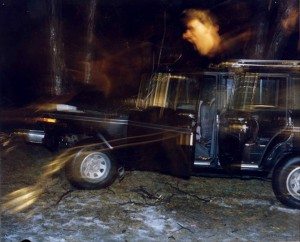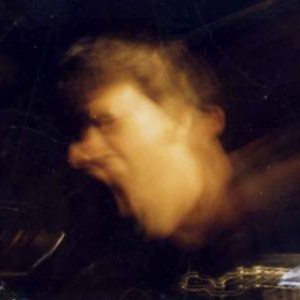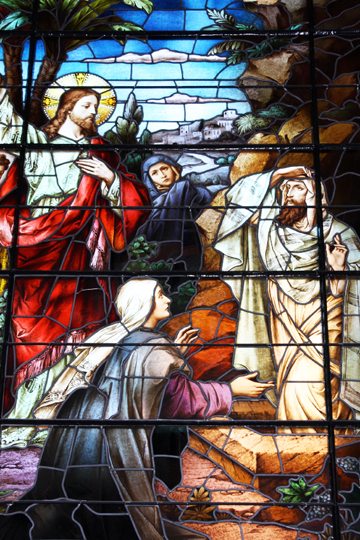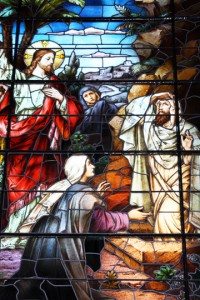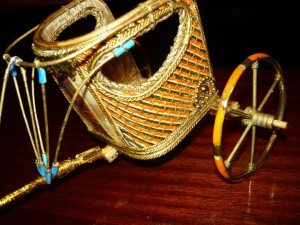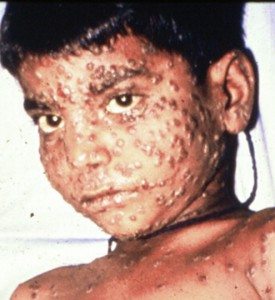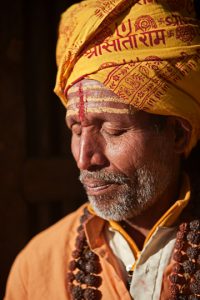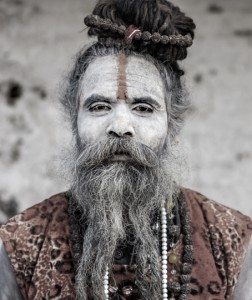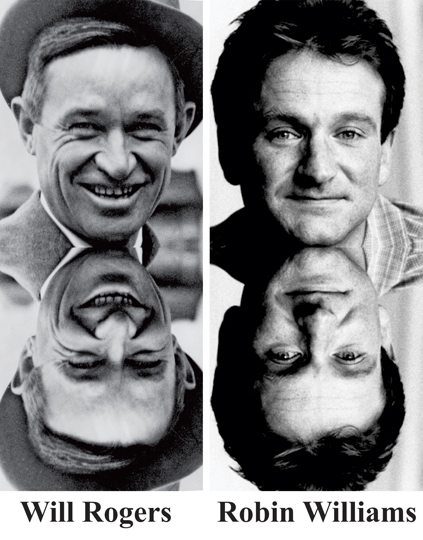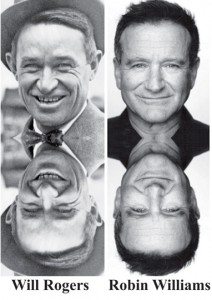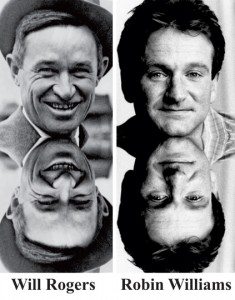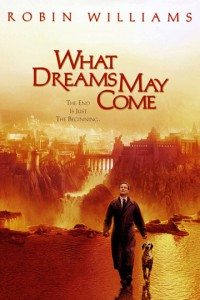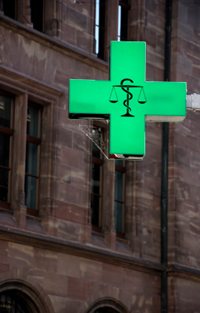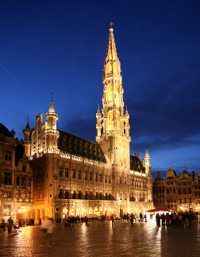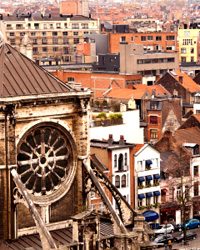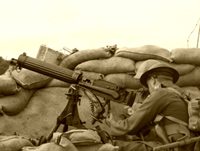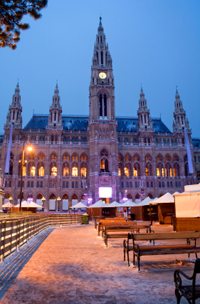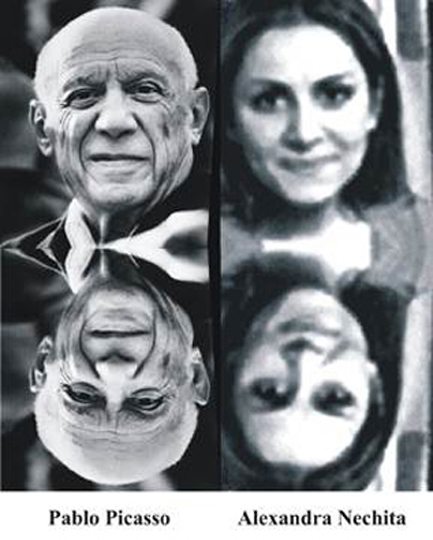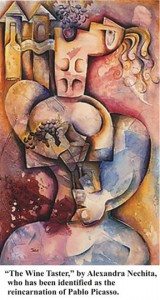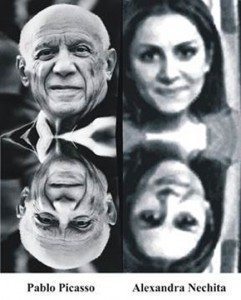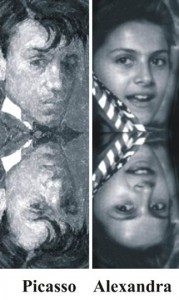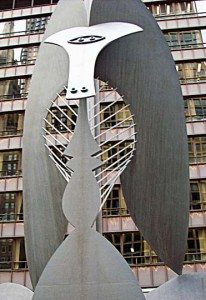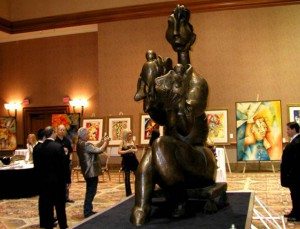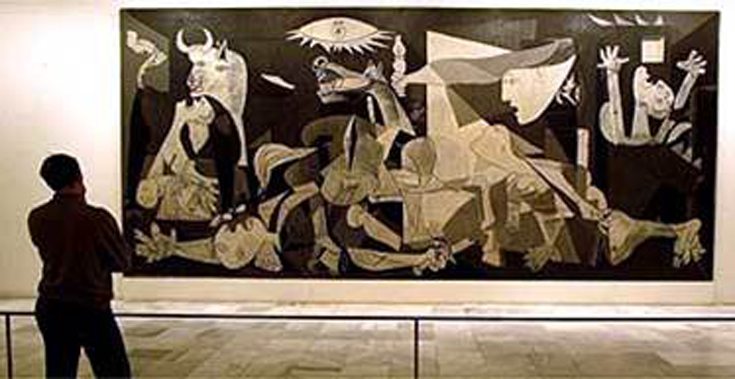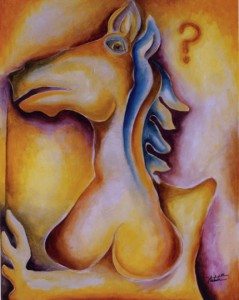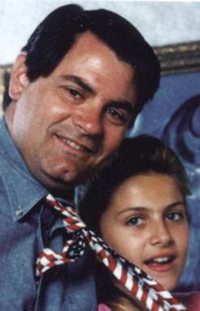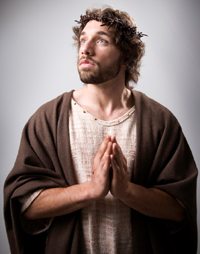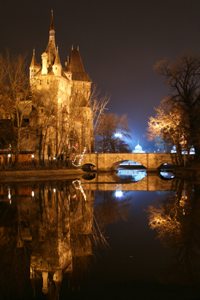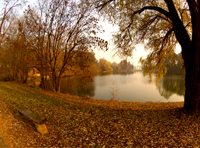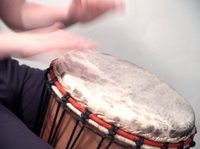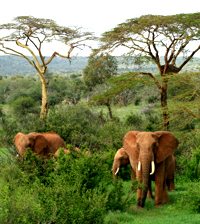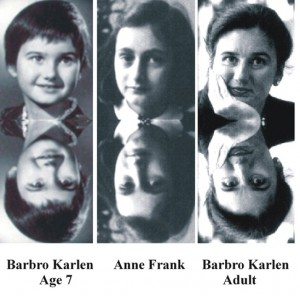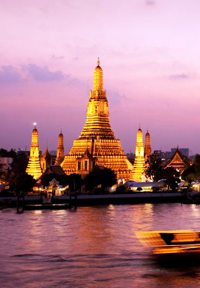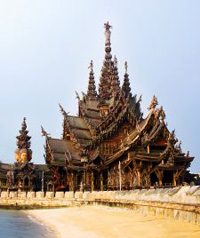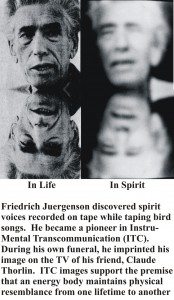 Article by: Walter Semkiw, MD from Origin of the Soul and the Purpose of Reincarnation
Article by: Walter Semkiw, MD from Origin of the Soul and the Purpose of Reincarnation
In addition to this article, to review first hand descriptions of the Spirit World or Heaven, please go to:
The Mediumship of Leslie Flint and Reports from the Spirit Realm
Definitions of Instrumental Transcommunication (ITC) and Electronic Voice Phenomenon
Instrumental Transcommunication is defined as communication by spirit beings with human beings via telephones, tape recorders, televisions, computers and other electronic devices. This communication can involve images projected onto TV screens or computer monitors, as well as voice transmissions recorded on tape or electronic devices.
Electronic Voice Phenomenon refers to the capture of voices from the spirit world on tape recorders or electronic devices. As such, the term Instrumental Transcommunication encompasses Electronic Voice Phenomenon. As described below, the term Electronic Voice Phenomenon was coined by Dr. Konstantine Raudive, and voices heard through EVP have been called Raudive Voices.
An example of Instrumental Transcommunication involves the the image of Frederick Juergenson, provided to the right, which is discussed below. For ITC images on this page, place your cursor on the images to enlarge them.
Spiritual Communication: A Deceased Friend Telephones a Physicist from the Other Side
I would like to begin this section with a personal anecdote. In August 2007, I attended a seminar in Mount Shasta, California, organized by Michael and Raphaelle Tamura, featuring Michael and James Van Praagh. Michael Tamura has been clairvoyant from childhood and he has spent his life training other clairvoyants. James Van Praagh is a medium who communicates with deceased individuals and who helped created the US television series, The Ghost Whisperer.
At this gathering, I met a physicist with a doctoral degree who works at a New York hospital supervising radiation treatment for cancer patients. This physicist shared a story with me.
He related that a close female friend of his died at a relatively young age. One day, about two weeks after her funeral, the phone rang and he answered it. The voice on the line was the voice of his friend who had died.
She told him that she was calling to let him know that she was alright and adjusting to her new life in the spiritual world. The conversation lasted several minutes. They both then said goodbye and the call ended. The physicist told me he was sure that the telephone call came from his deceased friend. This earnest statement from a man of science led me to learn more about such phenomenon.
Instrumental Transcommunication
In December 2007, I attended a lecture given by Mark Macy, co-author, along with Dr. Pat Kubis, of Conversations Beyond the Light: Communication with Departed Friends & Colleagues by Electronic Means.
In Mark’s lecture, I learned of research that has been done in which spirit beings have used devices such as audiotapes, telephones and television sets to communicate with humans on the physical plane. As noted, this type of communication has been termed Instrumental Trans-Communication or ITC.
Spiritual Transcommunication: Friedrich Juergenson’s Dead Mother Speaks to Him through a Tape Recorder
 One of the early researchers in this field was a Swedish film producer named Friedrich Juergenson, whose hobby was recording bird songs. In 1959, as he was playing back a recording he had made in nature, he was startled to hear the voice of his own mother, who said, “Friedrich, you are being watched. Friedel, my little Friedel, can you hear me? (1)
One of the early researchers in this field was a Swedish film producer named Friedrich Juergenson, whose hobby was recording bird songs. In 1959, as he was playing back a recording he had made in nature, he was startled to hear the voice of his own mother, who said, “Friedrich, you are being watched. Friedel, my little Friedel, can you hear me? (1)
Friedel was the pet name that his mother called him, which no one else knew. Friedrich was aware that he never recorded his mother on this tape, which made him believe that this was indeed a communication from the spirit world.
Pope Paul VI Starts an Instrumental Transcommunication Research Program at the Vatican
This incident sparked a research project for Juergenson, who subsequently recorded thousands of spirit voices. In 1964 he published a book in Swedish entitled Voices from the Universe, followed by another entitled Radio Contact with the Dead.
Juergenson subsequently did a documentary on Pope Paul VI and he became friends with the Pontiff, who became interested in the spirit voices caught on tape. Pope Paul VI even initiated his own Instrumental Transcommunication research project at the Vatican.
Dr. Konstantine Raudive also Hears from his Deceased Mother & Coins the Term “Electronic Voice Phenomenon,” aka Raudive Voices
In 1967, Juergenson’s Radio Contact with the Dead was translated into German and Dr. Konstantine Raudive, a Latvian psychologist, read it and became interested in ITC. Raudive created his own methodologies utilizing laboratory conditions. In one of his recordings, he too heard the voice of his deceased mother in a transmission, who used her usual nickname for him, saying “Kostulit, this is your mother.” (2)
Raudive postulated that spirits could manipulate the white noise of radio static, generated when a tuner was set between radio stations, to create voice transmissions that could be captured on tape. Raudive called this Electronic Voice Phenomenon (EVP) and published a book entitled Breakthrough: An Amazing Experiment in Electronic Communication with the Dead.
Testing Under Laboratory Conditions Confirms the Existence of Raudive Voices
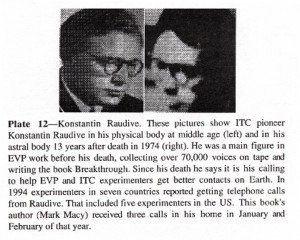 Raudive’s experiments were treated with skepticism by the scientific community and two audio engineering firms in England, Pye Records, Ltd. and Belling and Lee, Ltd., embarked on replicating these experiments under controlled conditions. Despite stringent controls, paranormal voices were indeed detected in these experiments.
Raudive’s experiments were treated with skepticism by the scientific community and two audio engineering firms in England, Pye Records, Ltd. and Belling and Lee, Ltd., embarked on replicating these experiments under controlled conditions. Despite stringent controls, paranormal voices were indeed detected in these experiments.
In 1969, Raudive shared a First Prize Award from the Swiss Association for Parapsychology and the faint paranormal voices heard on tape have been called “Raudive Voices” in his honor.
After Konstantine Raudive Dies, He Communicates with his Instrumental Trancommunication Colleagues
What is particularly interesting is that when ITC researchers themselves die and cross over to the other side, they have been successful in contacting their earthly cohorts. In these transmissions, they have provided information about the spiritual realms.
In the image provided above and to the right, a photograph is provided of Dr. Raudive projecting an image of himself from the spirit world onto a television screen. Other communications are described in the caption. This image and caption are reproduced from Conversations Beyond the Light: Communication with Departed Friends & Colleagues by Electronic Means, by Macy and Kubis.
Spirit Photos: Friedrich Juergenson Appears on Television during his Own Funeral
 Friedrich Juergenson, the individual who heard the voice of his deceased mother on a tape he made of bird songs, died in 1987. While alive, he developed a close friendship with Claude Thorlin, a fellow researcher in ITC phenomena.
Friedrich Juergenson, the individual who heard the voice of his deceased mother on a tape he made of bird songs, died in 1987. While alive, he developed a close friendship with Claude Thorlin, a fellow researcher in ITC phenomena.
Juergenson was noted to be psychically gifted himself and on the day that he died, it is reported that he sent a telepathic message to Thorlin indicating that during his funeral ceremony, he would try to manifest an image of himself on Thorlin’s television. Thorlin took the telepathic message seriously and instead of going to his friend’s funeral, he stayed home and set up a camera to photograph his television.
Indeed, during Juergenson’s funeral, Thorlin photographed images of Juergenson’s energy body on his television, which appear in Conversations Beyond the Light and are featured to the right. A physical resemblance between Juergenson’s spirit body and physical body is evident.
Instrumental Transcommunication Images Support the Existence of an Energy Template that Creates Physical Appearance
In Conversations Beyond the Light, other images of deceased individuals are also provided, some of which were imprinted on the hard drives of computers. These images demonstrate that we have an energy body in the spirit world which has an appearance similar to our physical body.
These observations give credence to the idea that we have an energy body or hologram that serves as a template for our physical body. This energy template is discussed in the section entitled: Principles of Reincarnation.
Other Instrumental Transcommunication Leaders who have Communicated from the Spiritual World
Let me describe a few other examples of ITC researchers who were able to contact their colleagues following death.
George Meek reportedly received a telephone call from fellow researcher Konstantine Raudive after Raudive died in 1974.
Jules and Maggy Harsch-Fischbach founded the Transcommunication Study Circle of Luxembourg (CETL), an organization dedicated to ITC research. On February 4, 1993, they found a text message on their computer from their departed colleague, Ernst Mackes, who died on 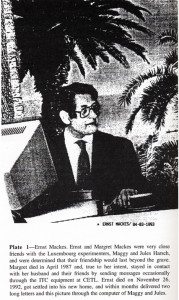 November 26, 1992.
November 26, 1992.
On March 4, 1993, they found another image of Ernst on their computer, apparently transmitted from the spiritual plane. It showed Ernst looking like his old self, sitting at a computer, wearing the glasses he wore in life and sitting under a palm tree in a tropical scene in the spirit world. This image is provided to the right.
Insights from Instrumental Transcommunication Messages Regarding the Spirit World and Reincarnation
Numerous messages have been received from the spirit world by ITC researchers, which are described in Conversations Beyond the Light. These messages give insight into life, the spirit world and reincarnation. I will summarize some of content of these messages below:
Death & Attending One’s Own Funeral
Regarding the process of death, it is indicated that we remain in the vicinity of our body after we die and that we remain close to our loved ones, though only those who are clairvoyant will see the deceased person’s energy body. Even if not clairvoyant, relatives may feel the presence of the deceased person.
Individuals who have died can attend their own funerals and hear their eulogies. The feeling after death is one of lightness and freedom, as if a “heavy suit of armor” has been shed. (3)
Ian Stevenson, MD, of the University of Virginia, published a fascinating reincarnation case in which an individual, who had done Buddhist meditation throughout his life, reported being conscious during his death, funeral and rebirth. To review this case, go to: Reincarnation Case of Nai Leng | Choakhun Raisuthajarn (Choate)
The Astral Body & Astral Plane
After shedding the physical body, we live in an etheric body, an energy body which underlies the physical body. The etheric body later disintegrates, which allows us to transition to spiritual planes or levels of the spirit world where we have a different energy body. A term used to describe this form is an astral body, which exists on the astral plane of the spiritual world.
In the transition to the astral plane, some may fall asleep and wake up in the astral plane not knowing how they got there. Others may remain conscious during the transition. Individuals may wake up in a hospital setting. Loved ones and pets who died previously may be waiting for the newly deceased person. This phenomenon was reported in the: Reincarnation Case of James Leininger
Adjustment to the Spirit World following Death
In a hospital or other healing setting, the newly deceased adjust to life in the spirit world. Those who had amputations of limbs in the physical world receive guidance on how their astral limbs will regenerate through thought.
People who died at an elderly age will become younger and those who died in childhood will grow older until a desired age is reached, usually appearing to be 25-30 years of age. When leaving the hospital, one finds surroundings similar to Earth, but more vibrant.
Spirit World Levels or Planes: Heaven & Hell
Levels of the spirit world, based on experiences of clairvoyants Echo Bodine and Judy Goodman, as well as input from Ahtun Re, a spirit being channeled through Kevin Ryerson, are presented in Origin of the Soul and the Purpose of Reincarnation.
Planes of the spirit world are also described through ITC communications, which relate that following death most humans travel to the lower, middle and higher astral planes. The lower astral planes attract people who are focused on survival, who are of lower levels of evolution.
Existence in Hell
In his lectures, Mark Macy has described the lower astral levels as “dismal planes,” similar to what we would imagine purgatory or hell to be like. It is described that petty thieves, pickpockets, adulterers, liars and fraudulent businessmen congregate here. Murderers are observed trying to kill each other, who become frustrated because nothing can be killed in the spiritual realms.
Individuals & Communities can be Stuck in Spirit World Lower Levels
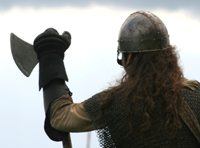 It is described in ITC communications that communities can be voluntarily frozen in time. For example, people in Stone Age villages or ancient Viking settlements can perpetuate their existence. Reincarnation and further development can be delayed, if the soul chooses.
It is described in ITC communications that communities can be voluntarily frozen in time. For example, people in Stone Age villages or ancient Viking settlements can perpetuate their existence. Reincarnation and further development can be delayed, if the soul chooses.
If a soul delays its spiritual evolution, when they reincarnate, they aren’t as developed as other souls, which accounts for the diversity in levels of evolution on the Earth plane. This explains why some people in human existence can commit heinous crimes, which can be incomprehensible to others. These perpetrators have chosen to delay their evolution, though karma will not allow them to remain stagnant forever.
Middle Astral Levels or Planes
Ethical and evolved individuals go to the middle astral planes, which consist of beautiful landscapes, pleasant dwellings, cities, concert halls, schools and universities. People can be aggregated in communities based on religion, culture, ethnic group, race or other factors that one identifies with.
Though this type of voluntary segregation occurs on the middle astral planes, a more universal outlook is gradually developed and indeed, must be attained for entrance to the higher astral planes, which reflect the religious concepts of heaven.
Creative individuals, such as artists, musicians, scientists and philosophers, enjoy the astral worlds, as they can pursue their interests, much as they did on Earth, but without the need to make a living to survive. When such individuals reincarnate, they can then express their ideas in the physical plane.
ITC researchers who have died describe a facility in the astral planes where they, in the spirit world, work on developing ways to contact ITC researchers on Earth through electronic means.
Life in the Spirit World: Playing Golf & Eating Synthetic Food
 Those who enjoy recreation, such as playing golf, can recreate their avocation as much as they like, though souls eventually get bored of things like playing golf and then seek further development. In the astral planes, synthetic food can be created, including meat, though no animals are killed to create food. Ahtun Re, the spirit guide cited above, has also indicated favorite foods can be created in the spirit realm energetically via memories from life on Earth.
Those who enjoy recreation, such as playing golf, can recreate their avocation as much as they like, though souls eventually get bored of things like playing golf and then seek further development. In the astral planes, synthetic food can be created, including meat, though no animals are killed to create food. Ahtun Re, the spirit guide cited above, has also indicated favorite foods can be created in the spirit realm energetically via memories from life on Earth.
Heaven: The Higher Spiritual Levels or Planes
ITC messages indicate that higher planes exist, called the mental-causal planes, which are the source of technical and artistic breakthroughs. These discoveries are telepathically sent to the Earth plane to those who can receive the ideas. This is why new discoveries on Earth are often observed to be developed by different people in diverse parts of the world at the same time. Individuals on Earth can receive these telepathic downloads through dreams or intuitions.
Even higher planes, called the celestial planes, are known, which are closer to God. This is where souls known as Ascended Masters and spiritual teachers reside. Those in the middle astral planes know of the celestial planes, though they have not experienced these highest levels of the spirit world.
Spiritual Evolution, Lucid Ecstasy & Many Mansions of the Father’s House
Ahtun Re, the spirit guide channeled though Kevin Ryerson, whose dialogues with me, including on subjects such as soul evolution and planes of the spiritual world, make up my book, Origin of the Soul and the Purpose of Reincarnation, says that he exists on the plane closest to God. He describes his state of consciousness on this highest plane as “lucid ecstasy.” This is the ultimate level of heaven.
The concept of multiple levels or planes of existence in the spirit world can be used to understand the statement made by Jesus, “In my Father’s house are many mansions.”
Spiritual World Level or Plane is Based on Spirituality Level on Earth
One can travel to specific spiritual planes based on our development. In general, we are no different after we die. Those who are less evolved go to communities consisting of less evolved beings, while those who have worked on their spiritual evolution on Earth will congregate on higher planes.
The Value and Purpose of Religion in Light of Evidence of Reincarnation
Religions have served to fill a void of knowledge regarding what happens after death and the nature of the spiritual world. The moral guidelines provided by the prophets of religions have served to help people behave in a manner which will lead them to ascent to higher levels of the spiritual world, to levels traditionally called heaven. In this way, religions have served a great purpose and have provided comfort to humanity.
Problems and wars have arisen when religions have divided people and a strong identification with a particular religion has led to conflict and violence between people of different religious beliefs. Acts of violence only serve to lead a person to a lower plane of the spiritual world.
Religions will continue as they provide community and mutual support. Evidence of reincarnation, which shows we can change religion from one lifetime to another, will help remove the divide and make us understand that we are universal souls. In this way, we will understand that we are truly one human family and we can use resources to build a world we want to return to.
Past Life Memories & Retaining One’s Individuality
In the spirit world, memory of all past lives is restored and we may seek out friends from prior lifetimes.
Friedrich Juergenson, in a computer contact in 1992, stated: “Beings keep their individuality during ‘reality changes’ with their consciousness and reincarnations.” (4) This statement reflects observations made in xenoglossy reincarnation cases, in which personality appears to be retained intact within the soul.
Juergenson later reported from the astral plane in 1993 that “all thoughts are nothing but telepathy.” (5) This statement refers to the ability of souls in the spirit world to communicate telepathically, without the need to use speech.
We Bring Life Issues with Us to the Spirit World
Friedrich Juergenson also communicated, regarding the spiritual world, “If you didn’t solve your problems on Earth, they will be waiting for you here. In this new reality, the titles and positions that you held on Earth are unimportant. What remains is your soul. What is really important here is your ethical feelings and the humanities, all things of a constructive nature.” (6)
ITC communications indicate that individuals take their problems with them after they die. It is advised that Earth is the best place to work out problems. The astral world is described as a place where you can theorize and work on ideas mentally. On Earth, you are confronted with your actions and the consequences of those actions: it tests what you really believe in. (7)
Reincarnation and the Spirit World: Earth Life is Proof of the Pudding
Based on ITC communications from the astral plane, Kubis and Macy come to the following conclusions. “The point is that one can create many mental constructs and play with ideas on the astral plane. But actually living on Earth is putting one’s ideas into nitty-gritty practice. Life is the acid test of what one really believes in.” (8)
Vacations and Spirit World Travel
 Individuals can space travel mentally to other dimensions or planets, or can use dirigibles, hot air balloons or airplanes, surface travel by electric cars or motorcycles, depending on how they like to travel. (9)
Individuals can space travel mentally to other dimensions or planets, or can use dirigibles, hot air balloons or airplanes, surface travel by electric cars or motorcycles, depending on how they like to travel. (9)
Thomas Edison’s interest in Spiritualism, his Spirit Phone or Spirit Box and Instrumental Transcommunication-Elon Musk as Edison Reincarnated
Towards the end of Conversations Beyond the Light, it is pointed out that Thomas Edison, who invented the light bulb among many other things, made a serious attempt to create an electronic device that could be used to contact deceased souls, which has been called a spirit phone or spirit box. In other words, Thomas Edison was involved in trying to invent an Instrumental Transcommunication device.
Of interest, a contemporary incarnation of Thomas Edison has been identified. To learn more, go to the:
Reincarnation Case of Thomas Edison | Elon Musk
Mark Macy and Dr. Kubis end their book with instructions on how people can do ITC experiments themselves. To see ITC videos, hear ITC recordings and learn more about ITC, go to the web site: www.worlditc.org
View Daniel Drasin’s Documentary Video on Instrumental Transcommunication entitled:
Calling Earth
Footnotes
1. Pat Kubis and Mark Macy, Conversations Beyond the Light: With Departed Friends and Colleagues by
Electronic Means, Griffin Publishing/Continuing Life Research, Boulder, CO USA, 1995, p. 102
2. Pat Kubis and Mark Macy, Conversations Beyond the Light: With Departed Friends and Colleagues by Electronic Means, Griffin Publishing/Continuing Life Research, Boulder, CO USA, 1995 p. 106
3. Pat Kubis and Mark Macy, Conversations Beyond the Light: With Departed Friends and Colleagues by Electronic Means, Griffin Publishing/Continuing Life Research, Boulder, CO USA, 1995, p. 65
4. Pat Kubis and Mark Macy, Conversations Beyond the Light: With Departed Friends and Colleagues by Electronic Means, Griffin Publishing/Continuing Life Research, Boulder, CO USA, 1995, p. 53
5. Pat Kubis and Mark Macy, Conversations Beyond the Light: With Departed Friends and Colleagues by Electronic Means, Griffin Publishing/Continuing Life Research, Boulder, CO USA, 1995, p. 9
6. Pat Kubis and Mark Macy, Conversations Beyond the Light: With Departed Friends and Colleagues by Electronic Means, Griffin Publishing/Continuing Life Research, Boulder, CO USA, 1995, p. 59
7. Pat Kubis and Mark Macy, Conversations Beyond the Light: With Departed Friends and Colleagues by Electronic Means, Griffin Publishing/Continuing Life Research, Boulder, CO USA, 1995, p. 18
8. Pat Kubis and Mark Macy, Conversations Beyond the Light: With Departed Friends and Colleagues by Electronic Means, Griffin Publishing/Continuing Life Research, Boulder, CO USA, 1995, p. 52
9. Pat Kubis and Mark Macy, Conversations Beyond the Light: With Departed Friends and Colleagues by Electronic Means, Griffin Publishing/Continuing Life Research, Boulder, CO USA, 1995, p. 55


